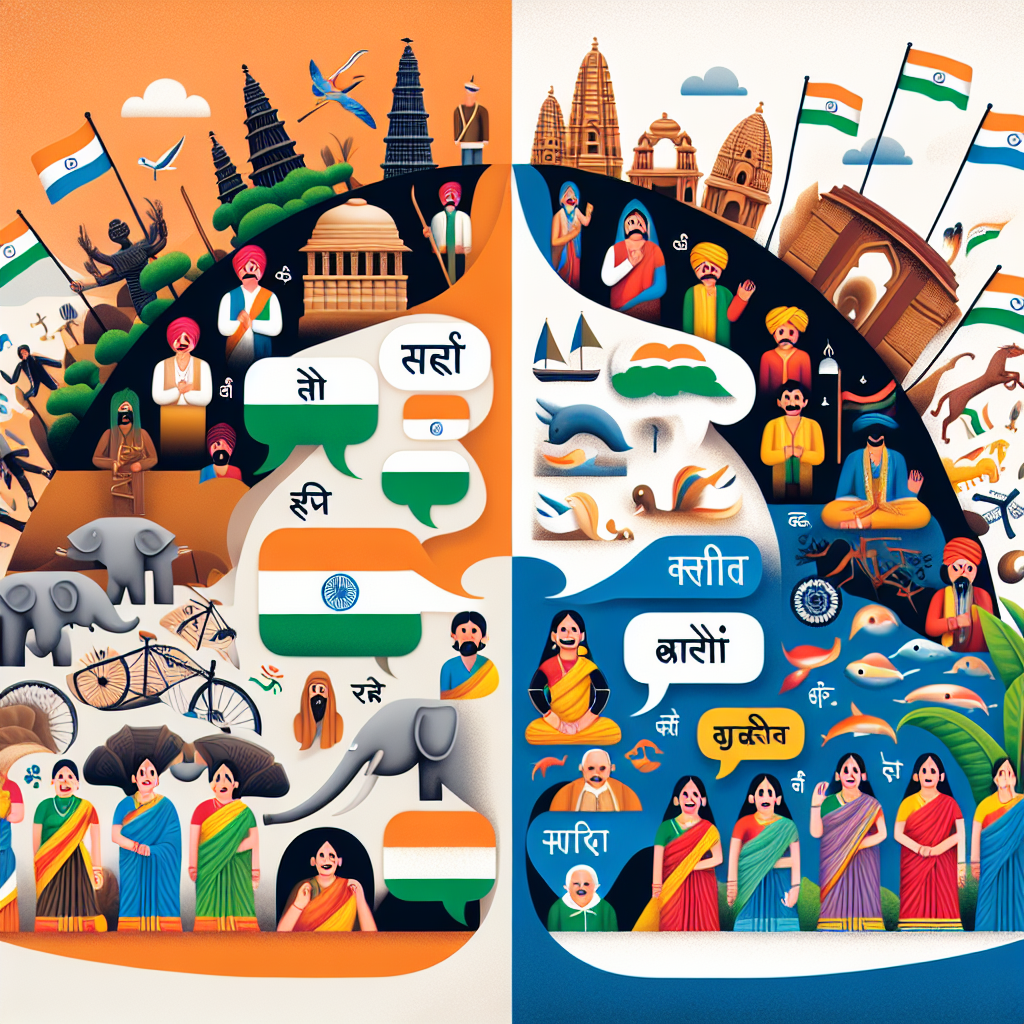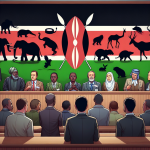India’s Language Debate: The North-South Divide Over Hindi
India’s Language Debate: The North-South Divide Over Hindi
Introduction
The linguistic landscape of India is as diverse as its culture, with a multitude of languages spoken across the country. However, the debate over the imposition of Hindi as a national language has sparked a significant divide between the northern and southern regions of India.
Historical Context
Hindi, primarily spoken in the northern states, has been promoted as a unifying language since India’s independence. However, this has been met with resistance, particularly from the southern states, where Dravidian languages like Tamil, Telugu, Kannada, and Malayalam are predominant.
Key Issues in the Debate
- Cultural Identity: Southern states view the imposition of Hindi as a threat to their linguistic and cultural heritage.
- Political Implications: Language policies have often been used as political tools, influencing regional and national elections.
- Economic Factors: Proficiency in English is often seen as more beneficial for economic opportunities, especially in the global market.
Recent Developments
Recent government initiatives to promote Hindi in official and educational settings have reignited the debate. Protests and political opposition have emerged, particularly in Tamil Nadu and Karnataka, emphasizing the need for linguistic diversity and federalism.
Conclusion
The language debate in India underscores the complex interplay between cultural identity, politics, and economic aspirations. While Hindi serves as a link language for many, the push for its dominance continues to face resistance from regions that prioritize their linguistic heritage. The resolution of this debate requires a balanced approach that respects India’s linguistic diversity while fostering national unity.













